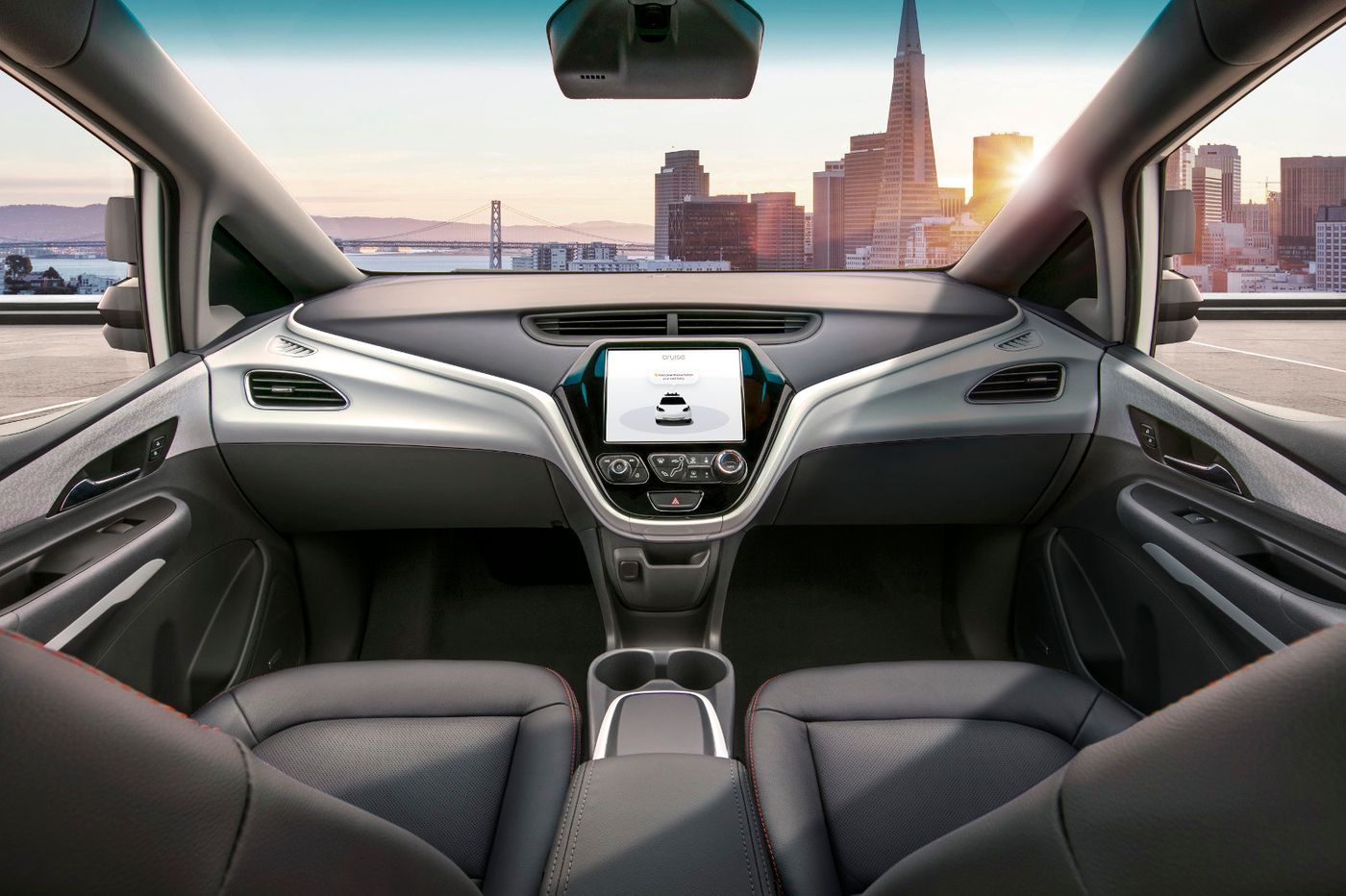GM Prepares Steering Wheel-less Car for 2019
In January 2018, General Motors Corp. (GM) announced plans to produce its Cruise AV (autonomous vehicle) self-driving car en masse by 2019. The car has no steering wheel, pedals or manual controls and treats everyone inside as an occupant and passenger; not a driver.
“It’s a pretty exciting moment in the history of the path to wide scale [AV] deployment and having the first production car with no driver controls, and it’s an interesting thing to share with everybody,” GM President Dan Ammann says.
The new Cruise will be the fourth iteration of GM’s electric and driver-free Chevy Bolts. The company has been offering public rides in this model in the past year in San Francisco and Phoenix. GM reportedly plans to deploy the cars in 2019 in ride-sharing services. It is a major investor in Lyft and also runs its own ride-sharing enterprise called Maven.
While announcing this plan, GM also explained it is working on achieving approval from the National Highway Traffic Safety Administration for the Cruise AV and has submitted a 33-page safety report to the Department of Transportation. Cars without steering wheels are not currently meeting all of the U.S.’s required safety standards – for one thing, they lack a steering wheel air bag. Ammann says his company will seek to meet this standard in a new way; by putting “the equivalent of the passenger side air bag” on the driver’s side as well. “So, it’s to meet the standards but meet them in a way that’s different than what’s exactly prescribed, and that’s what the petition seeks to get approval for,” he explains.
The rules for self-driving cars vary state-to-state, and in 2017, GM, Toyota and Lyft called on the government to create nationwide standards in order to support the AV industry. The U.S. government suggested in 2016 and 2017 that companies making self-driving cars voluntarily send in a safety checklist to keep the safety authorities informed. GM has just complied and Waymo, Google's self-driving car project, did so in 2017.
In 2017, in California, the Cruise had the most accidents of AV cars: 22 out of 27. Human error was the primary reported cause, according to Engadget. The Waymo had three accidents. The Cruise holds two data recorders, similar to an airplane’s black box, which preserve information during accidents.
Ford aims to develop an AV car without pedals or a steering wheel by 2021 and Waymo currently has plans to launch self-driving minivans, which still have traditional controls, for a ride-hailing service in Phoenix. Get a glimpse into the new Cruise below. Its dashboard is steering-wheel- and largely control-less, save a central flat screen device and environmental dials, and is certainly very sleek.









